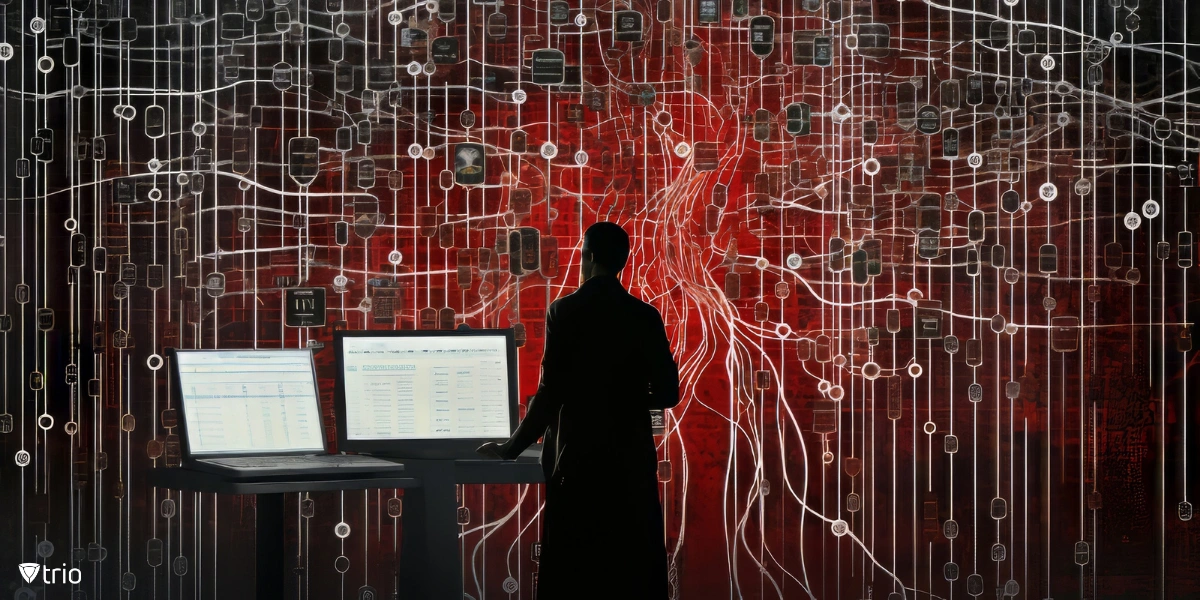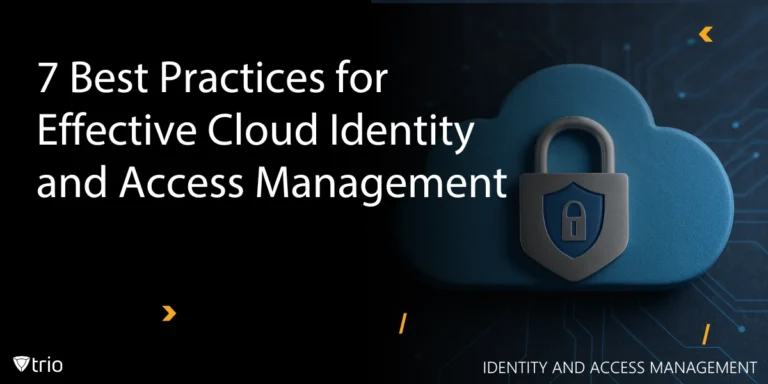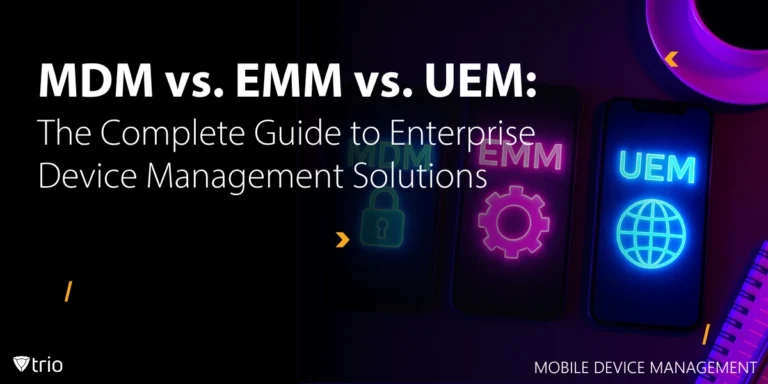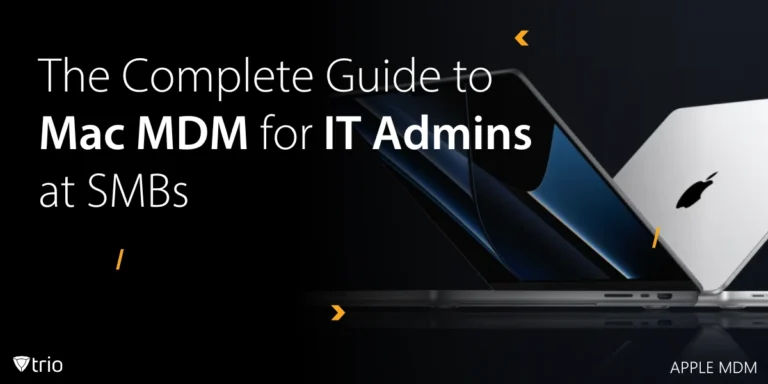Today, businesses face an escalating threat from increasingly sophisticated cyberattacks. As these threats evolve, it becomes imperative for organizations to prepare their IT infrastructure to withstand and counteract potential breaches. This article provides a comprehensive overview of strategies to bolster cybersecurity defenses, drawing insights from current trends and expert recommendations.
Understanding the New Era of Cyberattacks
Cyberattacks have become more targeted and disruptive, affecting businesses of all sizes. The complexity and frequency of these attacks necessitate a proactive approach to cybersecurity. Organizations must understand that traditional security measures are no longer sufficient to protect against modern threats.
Cybersecurity Risk Assessment
A thorough Cybersecurity Risk Assessment (CRA) is essential for identifying potential vulnerabilities within an organization's digital infrastructure. This process involves mapping the IT landscape to pinpoint weaknesses such as outdated software, unsecured access points, and vulnerabilities in third-party integrations. By prioritizing actions to mitigate these risks, businesses can significantly reduce their exposure to cyber threats.
Embrace the Zero-Trust Model
The traditional network architecture, which relies on a perimeter-based security model with implicit trust, is inadequate in the face of modern cyber threats. The Zero Trust Architecture offers a more robust solution by eliminating implicit trust and continuously verifying access to both private and public applications. This model is particularly effective in addressing challenges posed by cloud hosting and remote work environments.
Patching and Updates
Unpatched systems present significant vulnerabilities that cyber attackers are eager to exploit. To counter this, organizations must develop a robust patching and update process that encompasses all devices, operating systems, and applications. Automating updates and prioritizing critical security patches can help close these security gaps efficiently.
Secure the Supply Chain
Modern web applications often rely on partnerships and third-party integrations, which can introduce additional vulnerabilities. It is crucial to partner with vendors who prioritize cybersecurity and to conduct due diligence to assess their security practices. Establishing clear security expectations in contracts and integrating security protocols can safeguard business processes and prevent compromised partners from affecting the system.
Cultivate a Culture of Cybersecurity
Security is a collective responsibility that extends beyond the IT department. Educating employees about cyber threats and their role in mitigating them is vital. Organizations should empower their workforce to be vigilant and report suspicious activities. Appointing a Cybersecurity Officer to manage resources and campaigns can help build a resilient workforce and foster a culture of security.
Leveraging Advanced Technologies
To stay ahead of cyber threats, businesses must leverage the latest tools and technologies. This includes deploying advanced threat detection systems, utilizing artificial intelligence for anomaly detection, and implementing robust encryption methods. By continuously adapting defenses and integrating cutting-edge technologies, organizations can enhance their resilience against cyberattacks.
Conclusion: Preparing for the Next Era of Cyberattacks
As cyber threats continue to evolve, preparing the IT infrastructure for the next era of cyberattacks is not just a necessity but a strategic imperative. By conducting comprehensive risk assessments, adopting the Zero Trust model, ensuring timely patching and updates, securing the supply chain, and fostering a culture of cybersecurity, organizations can fortify their defenses. Embracing these strategies will enable businesses to navigate the complex landscape of cyber threats with confidence and resilience.
In conclusion, staying informed and proactive is key to safeguarding against the ever-changing cyber threat landscape. By implementing these strategies, organizations can protect their assets, maintain trust with stakeholders, and ensure long-term success in an increasingly digital world.
Get Ahead of the Curve
Every organization today needs a solution to automate time-consuming tasks and strengthen security.
Without the right tools, manual processes drain resources and leave gaps in protection. Trio MDM is designed to solve this problem, automating key tasks, boosting security, and ensuring compliance with ease.
Don't let inefficiencies hold you back. Learn how Trio MDM can revolutionize your IT operations or request a free trial today!





